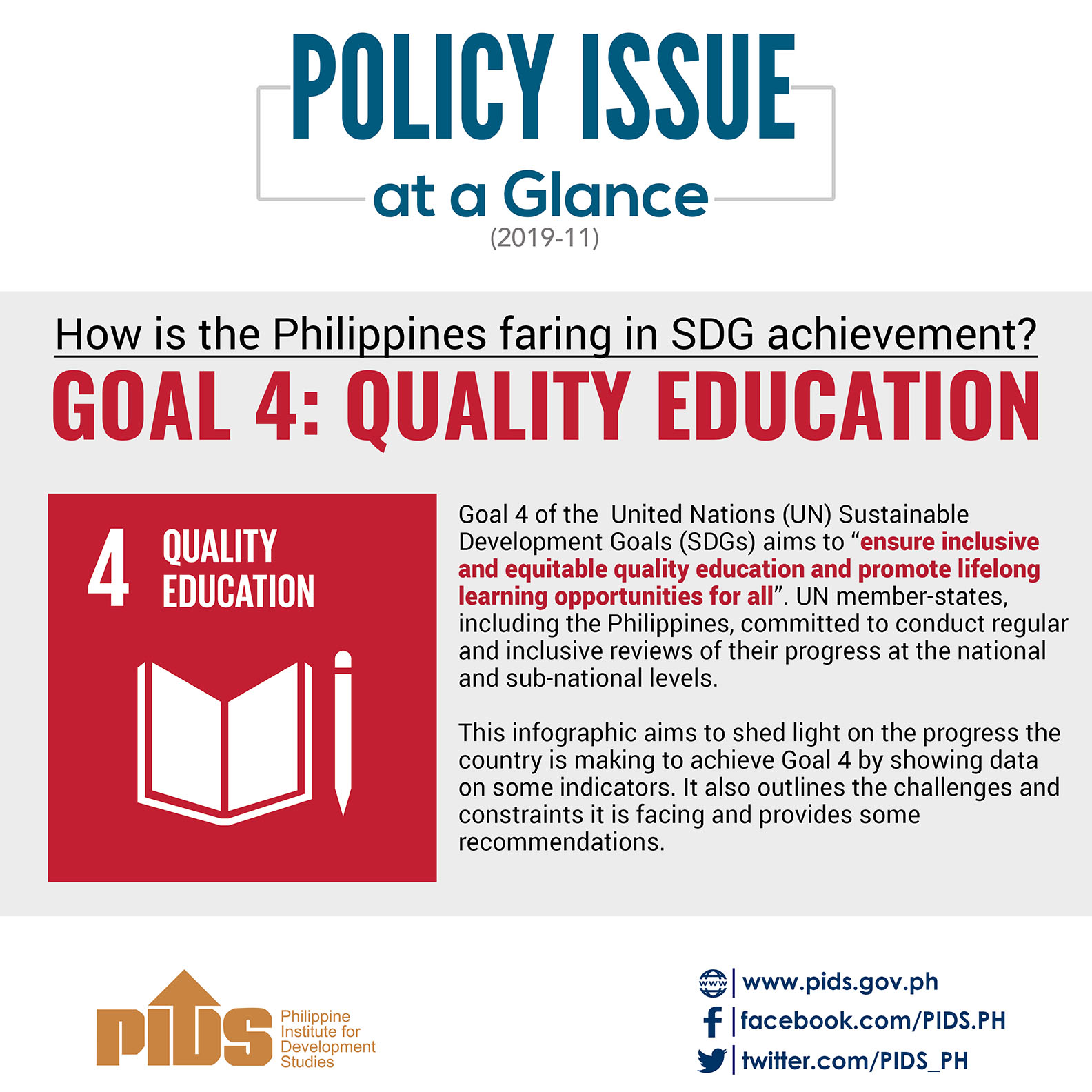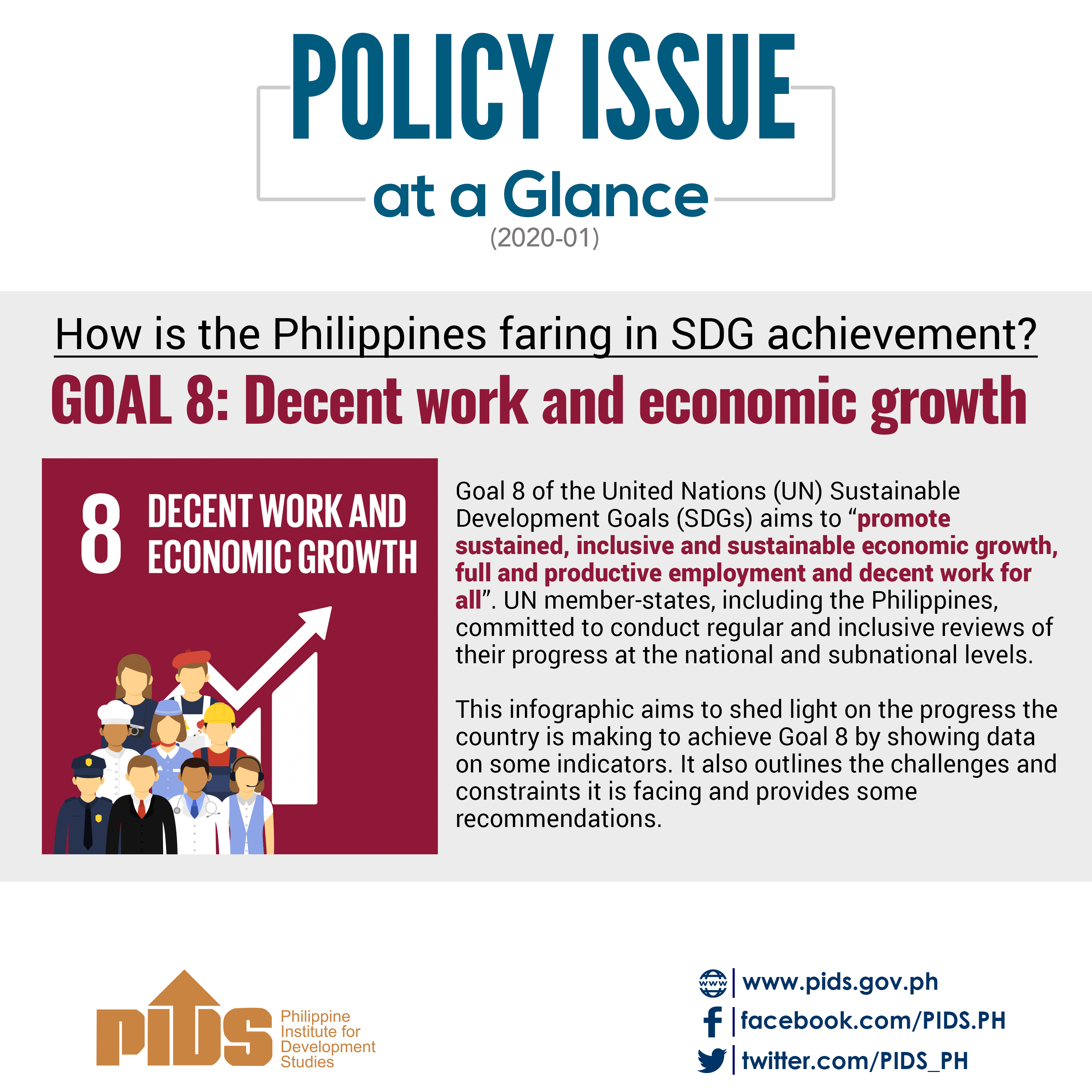THE common belief that Filipinos are “short” may not only be due to genetics, but could have been caused by malnutrition, according to a researcher from the Philippine Institute for Development Studies (PIDS).
In a virtual session on the impact of water, sanitation and hygiene (WASH) on the stunting of Filipino children, PIDS Senior Research Fellow Valerie Gilbert T. Ulep said that through the years, the mean height of Filipino children has not increased dramatically unlike those in India, Indonesia, Vietnam, Malaysia, Thailand and China.
In the Philippines, the mean height of adult women 19 years old by socioeconomic status averaged around 150 centimeters among the poorest 10 percent of the population and around 152.5 centimeters among the richest 10 percent.
“For many years, we tried to normalize stunting—that it is part of [what] we are, it’s part of our genetics, etc. But I think we need to reflect on that because it might be something else. It might be a reflection of chronic malnutrition more than a reflection of who we are as Filipinos,” Ulep said.
The height and level of nutrition of women also matters, Ulep said, since stunted women will bear stunted children. Based on the 2015 National Nutrition Survey, he said, maternal factors are responsible for driving large disparities in child stunting.
Maternal height accounts for 26 percent of stunting among children; maternal education, 18 percent; maternal body mass index, 17 percent; and minimum dietary diversity and quality of prenatal care, 12 percent.
The data also showed that the safety of drinking water and toilet facilities contribute 8 percent and 7 percent, respectively, in terms of the prevalence of stunting among children.
“Chronic malnutrition is a result of persistent assault to the mother and the child during critical periods,” Ulep said.
These periods are during adolescence when they are at risk of pregnancy; lack of access to adequate and high-quality prenatal care; lack of post-natal and infant care; inadequate intake of high-quality and diverse nutrition; and lack of access to health care to address child illness/infection.
This highlights the importance of WASH. Ulep estimated that poor hand washing; unimproved toilet facilities and unimproved water sources have corresponding economic costs.
Poor hand washing costs P203 billion in health-care costs and productivity losses; unimproved toilet facilities, P32 billion; and unimproved water sources, P196 billion.
Around 18 percent of Filipinos could not practice proper hand washing; 25 percent do not have improved toilet facilities; and 22 percent do not have improved water sources.
Addressing WASH
Unicef Philippines WASH Specialist Elmira Bacatan said addressing WASH needs is important in reducing stunting in the country. She said regions with poor sanitation are the same regions showing a high prevalence of stunting and intestinal worm infection among children.
These regions are the Bangsamoro Autonomous Region in Muslim Mindanao; Western Visayas; Bicol; Central Visayas; Zamboanga Peninsula; and Eastern Visayas.
Further, efforts to address WASH are a way to achieve the Sustainable Development Goal 6 (SDG 6). The targets under this goal are quite high and include reducing the number of people who practice open defecation by 250 million this year.
The SDG also targets to increase by 30 million people living in certified open defecation-free communities and 60 million accessing basic sanitation services.
Bacatan said Unicef, under SDG 6, needs to monitor 26 game plan countries, which include the Philippines, in terms of their progress in meeting the targets, particularly in reducing the number of people practicing open defecation.
As of 2020, around 2 percent of Filipinos in urban areas still practice open defecation; 2 percent have unimproved toilet facilities; 14 percent have limited toilet facilities; 27 percent have basic facilities; and 55 percent have safely managed facilities.
In rural areas, some 5 percent still practice open defecation; 4 percent have unimproved toilet facilities; 9 percent have limited toilet facilities; 16 percent have basic facilities; and 66 percent have safely managed facilities in 2020.
The Philippines, Bacatan said, is one of only two countries that are off-track in achieving the target on open defecation. The other country is also in Southeast Asia, Myanmar.
“Unicef alone cannot address the gap in sanitation. It requires multisectoral partnerships and collaboration to make a significant contribution to reduce stunting,” Bacatan said in a presentation.
Last week, the National Economic and Development Authority (Neda) said the Philippines needs to invest a total of P1.1 trillion in order to meet the Sustainable Development Goal on water supply and sanitation by 2030.
At the launch of the Philippine Water Supply and Sanitation Master Plan (PWSSMP) on Thursday, Neda Assistant Secretary for Investment Programming Roderick M. Planta said this means an annual investment of over P100 billion is needed between 2020 and 2030.
This amount has not been invested by the country before on the water and sanitation sector, and Planta said this is why incentives need to be provided for other stakeholders in the sector.
“What we’ve been spending, if you add it all up, is only P5 billion. So it’s really a P95-billion gap on an annual basis,” Planta said during the launch.
The low investments have led to many problems in the water and sanitation sector. In his speech, Socioeconomic Planning Secretary Karl Kendrick T. Chua said only about 44 percent of households have individual connection to a proper fully reticulated waterworks system.
He said the remaining 56 percent, or 57 million Filipinos, have to fetch water for their families from communal pipes or springs or wells up to 250 meters away.
Further, Chua said, only 18 percent of Filipinos have access to septage management services, while 13 percent have access to a sewerage system. He added over 4 million Filipinos still practice open defecation.










